National Highway 13 connecting Ho Chi Minh City with Binh Duong will be upgraded and expanded to 60m, into 10 lanes with a total investment of more than 21,700 billion VND.
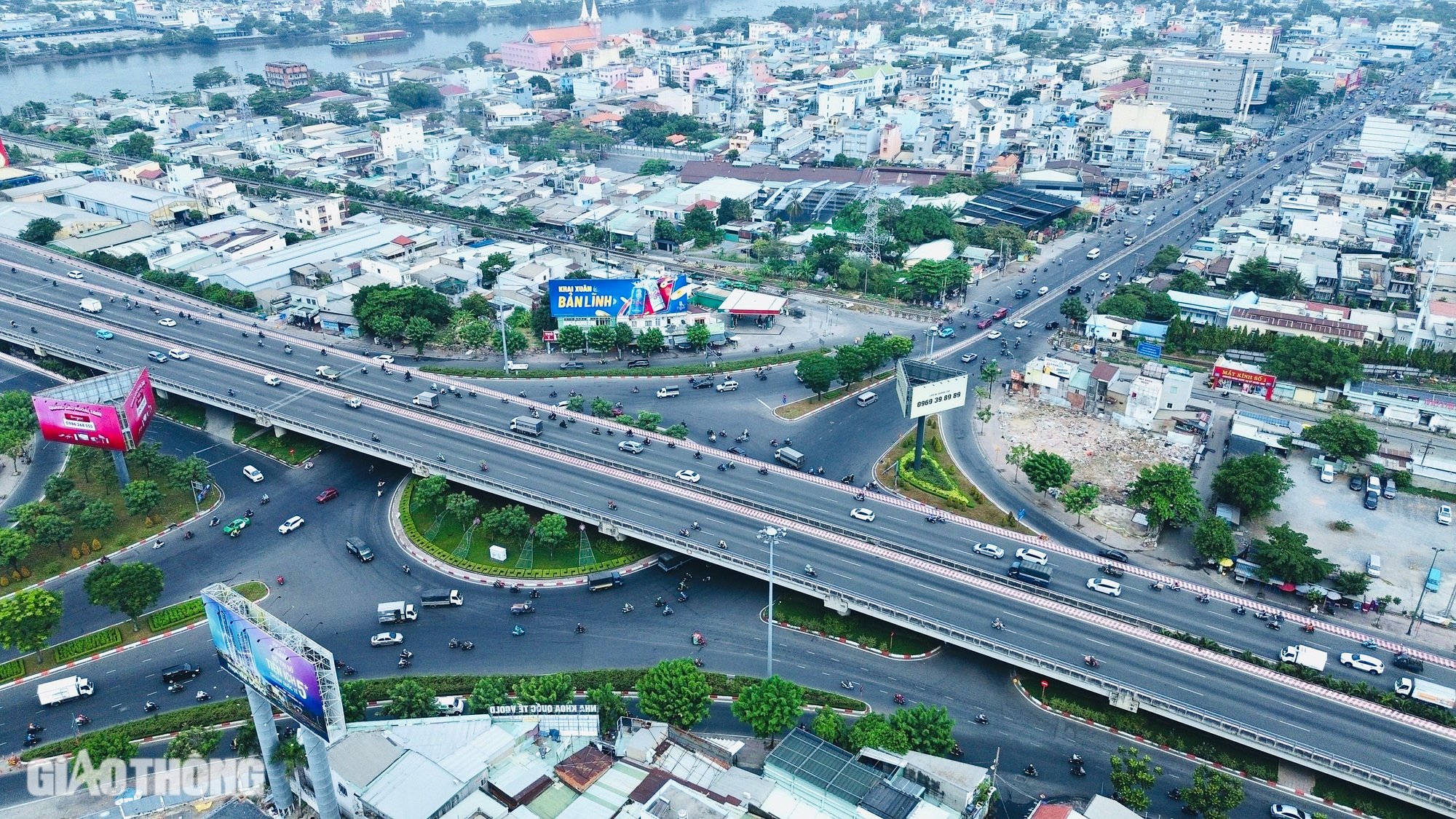
The Ho Chi Minh City Department of Transport has just sent an urgent report to the City People's Committee on the appraisal of the Pre-Feasibility Study Report of 4 projects implemented under the public-private partnership (BOT) method. Of which, the project to upgrade and expand National Highway 13 from Binh Trieu Bridge (Thu Duc City) to Vinh Binh Bridge (Binh Duong Province) has the highest total investment of more than 21,000 billion VND.
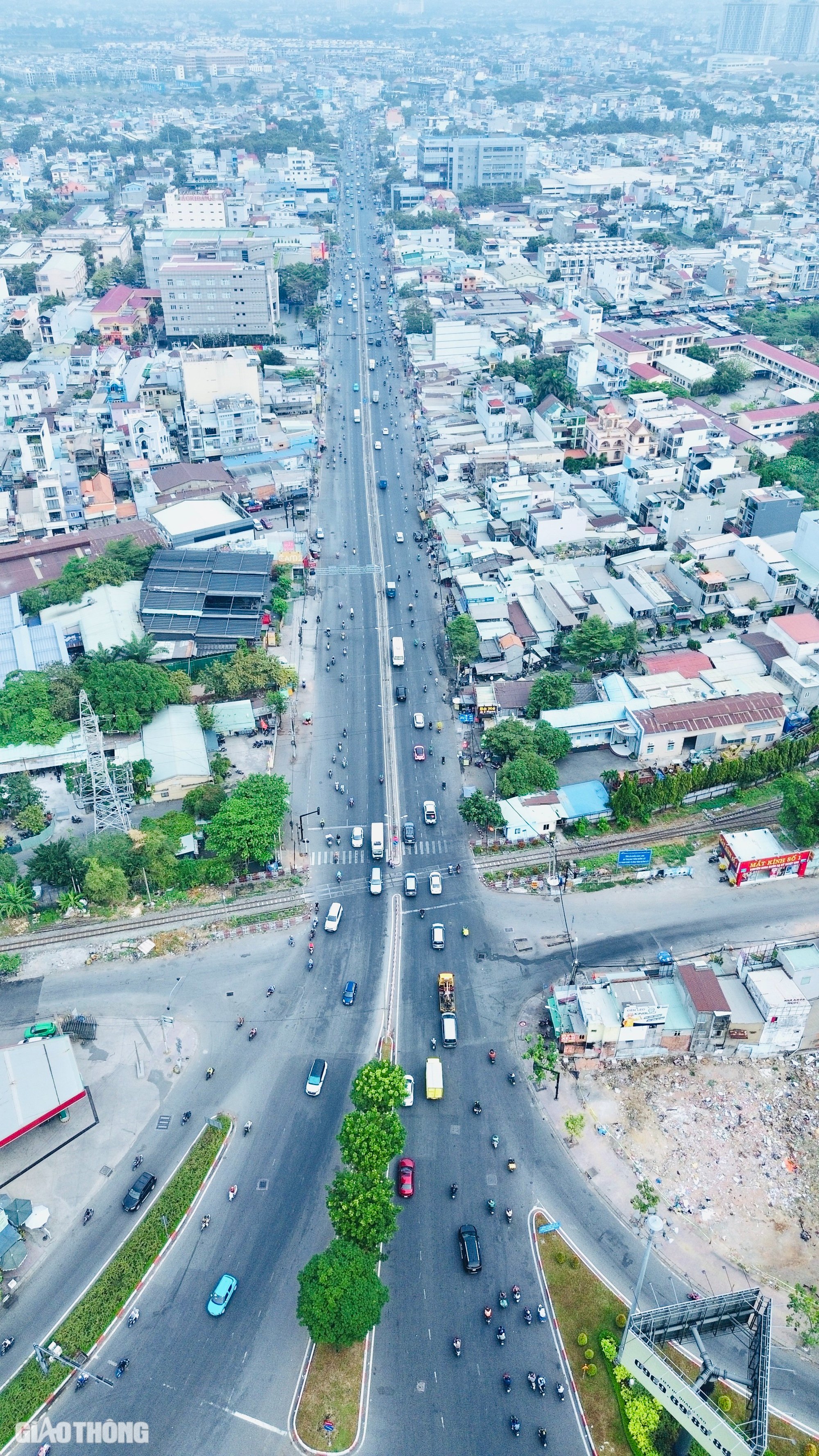
Considered one of the gateway routes that create economic development momentum, enhance regional connectivity, and create smooth traffic between economic centers, airports, ports, etc., National Highway 13 currently has only 4-6 lanes, is often overloaded, and is only clear during off-peak hours.
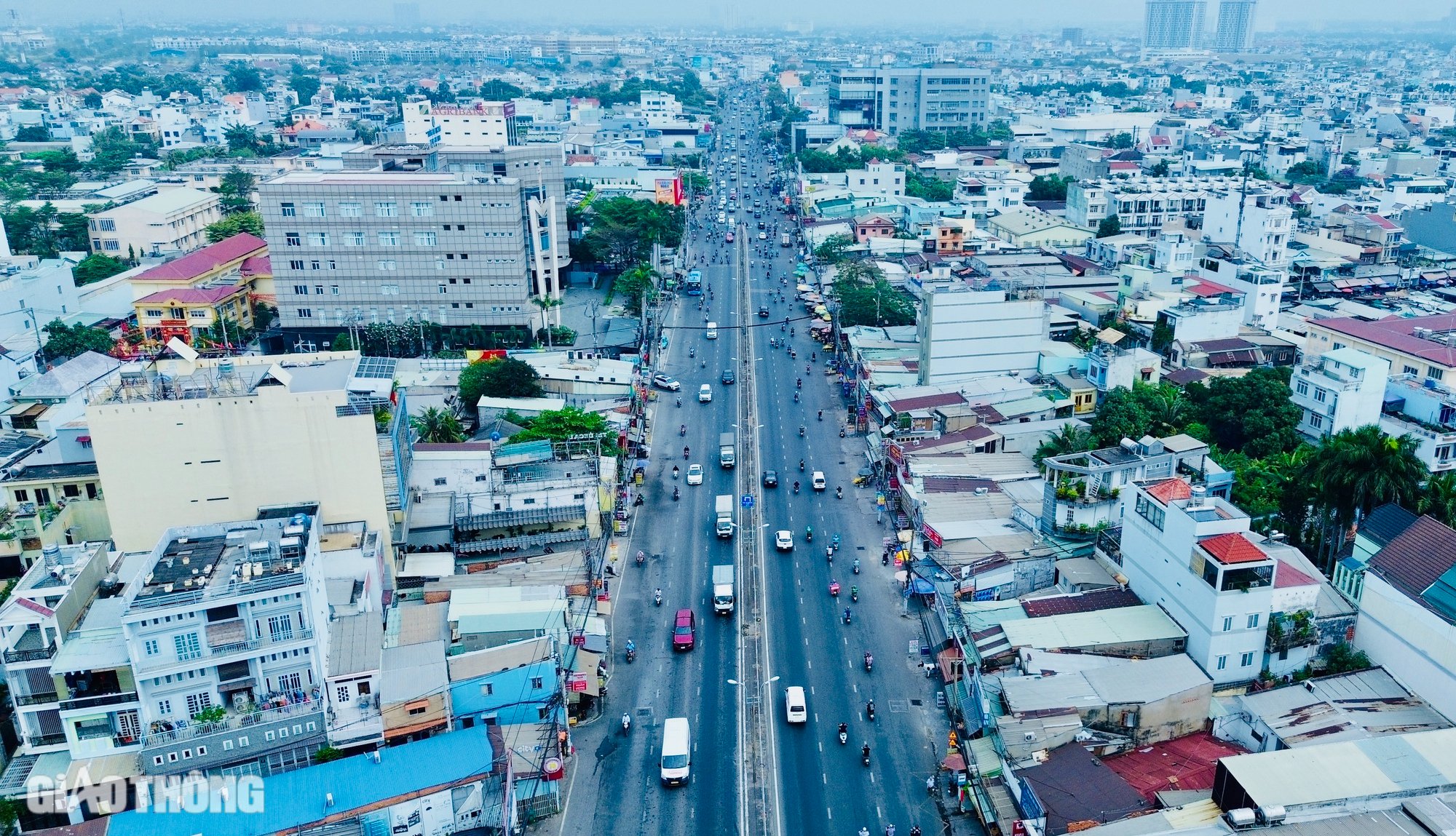
During rush hour, especially in the morning and evening, Highway 13 is often in a state of serious traffic congestion. Vehicles line up in long lines, moving slowly; intersections on the route are almost paralyzed.
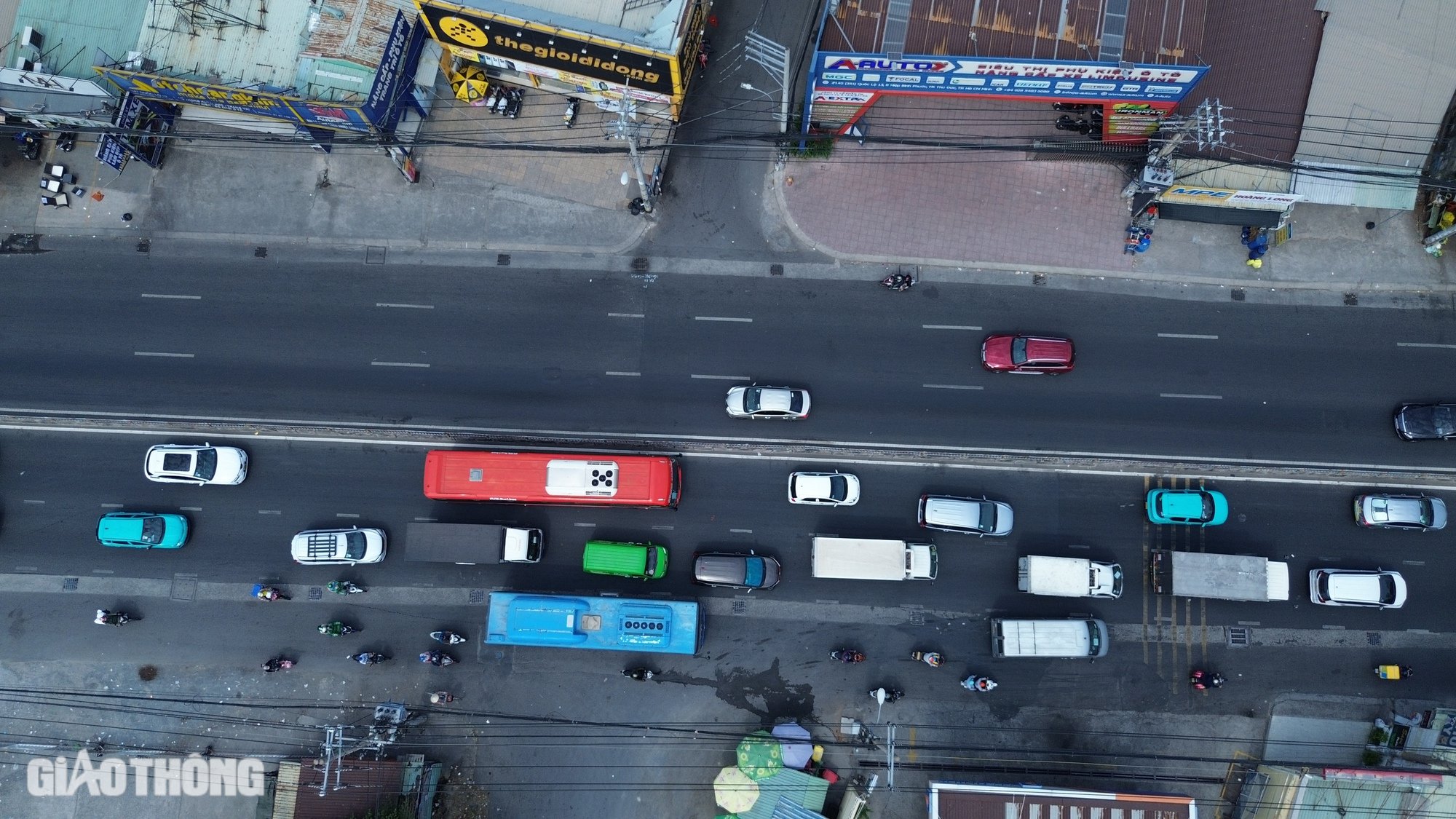
Mr. Nguyen Van Thanh (residing in Thu Duc City), a truck driver who regularly travels this route, said that the route has been overloaded for many years, so traffic jams occur daily. To move from Binh Trieu Bridge to Binh Phuoc Overpass (Thu Duc City), many days he has to move for an hour. "Traffic jams are very tiring, goods need to be delivered urgently, I have to stay stuck on the road. At times like this, I just wish my car could grow wings and fly away quickly," Mr. Thanh humorously said.
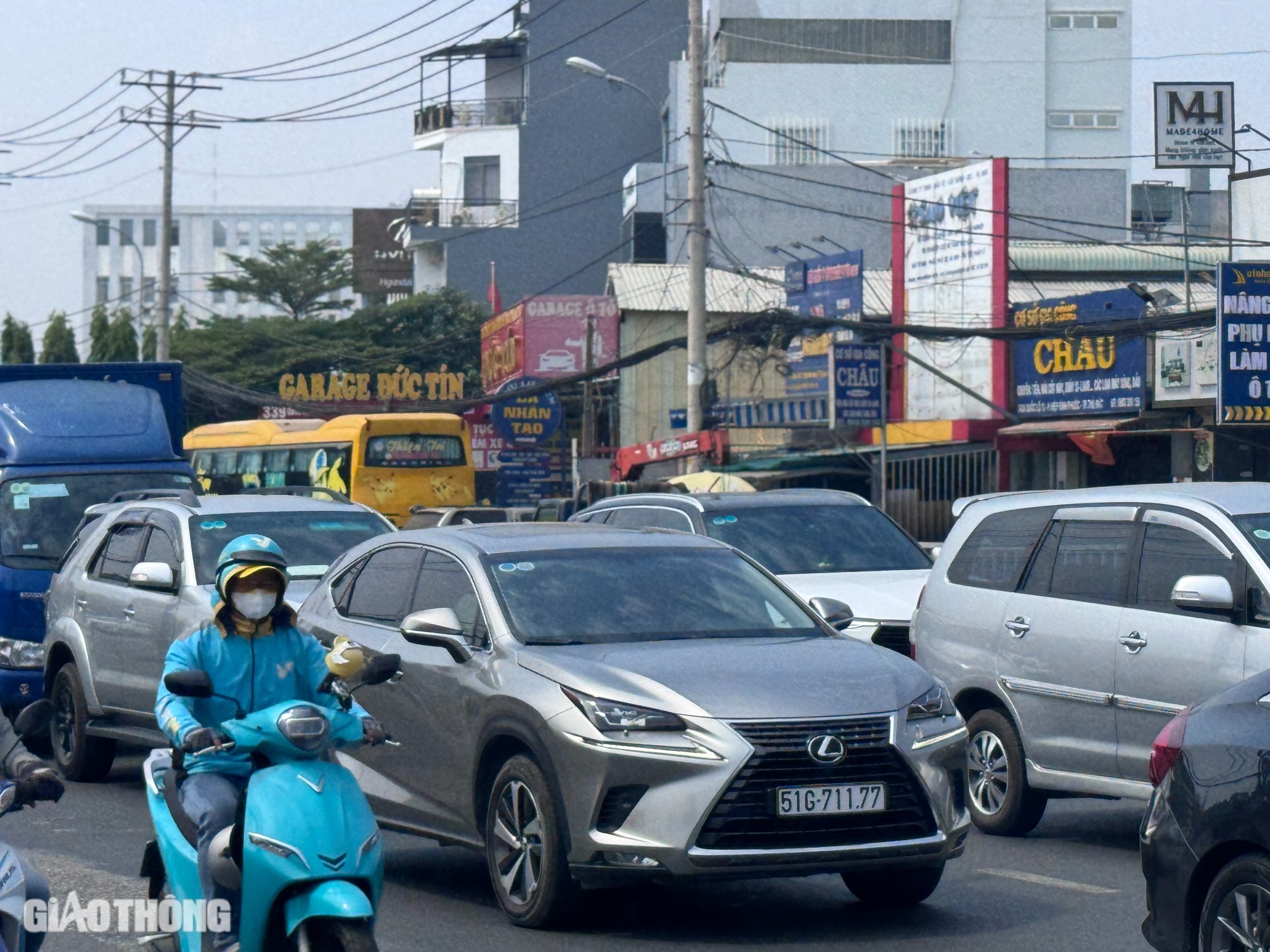
Not only car drivers are fed up, motorcyclists are also tired because they have to weave through the crowded traffic every day, inching their way. Ms. Le Thu Hang (a resident of Binh Duong, working in Ho Chi Minh City) shared: "Every morning when I go to work, I am always worried about being late because of traffic jams. The roads are small and narrow, but there are too many cars and trucks, to the point that motorbikes have no room to go."
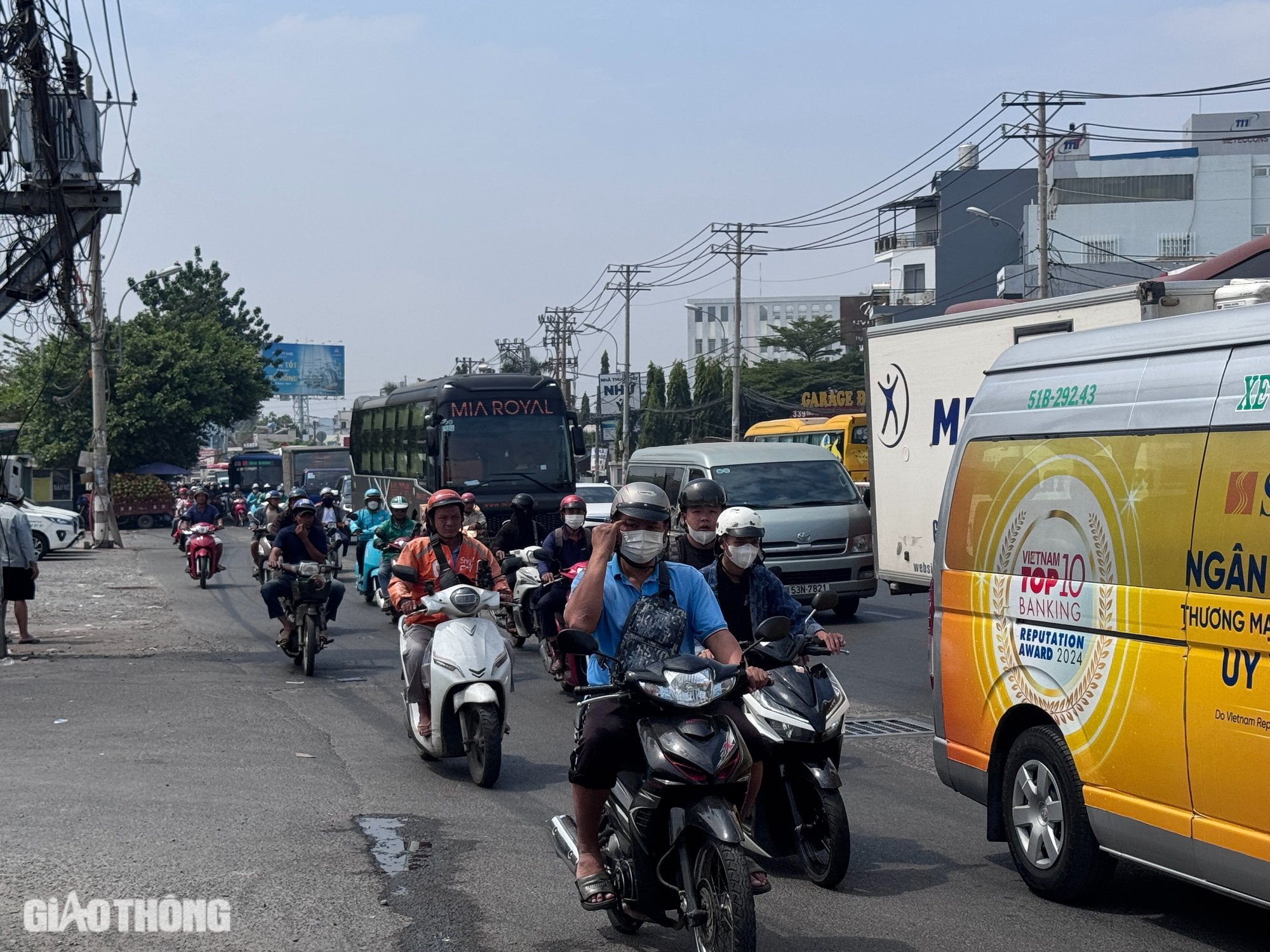
In the photo, traffic is heavy on Highway 13 at 11am on February 11. At many times, cars have to stop and wait for a few minutes before they can move forward.
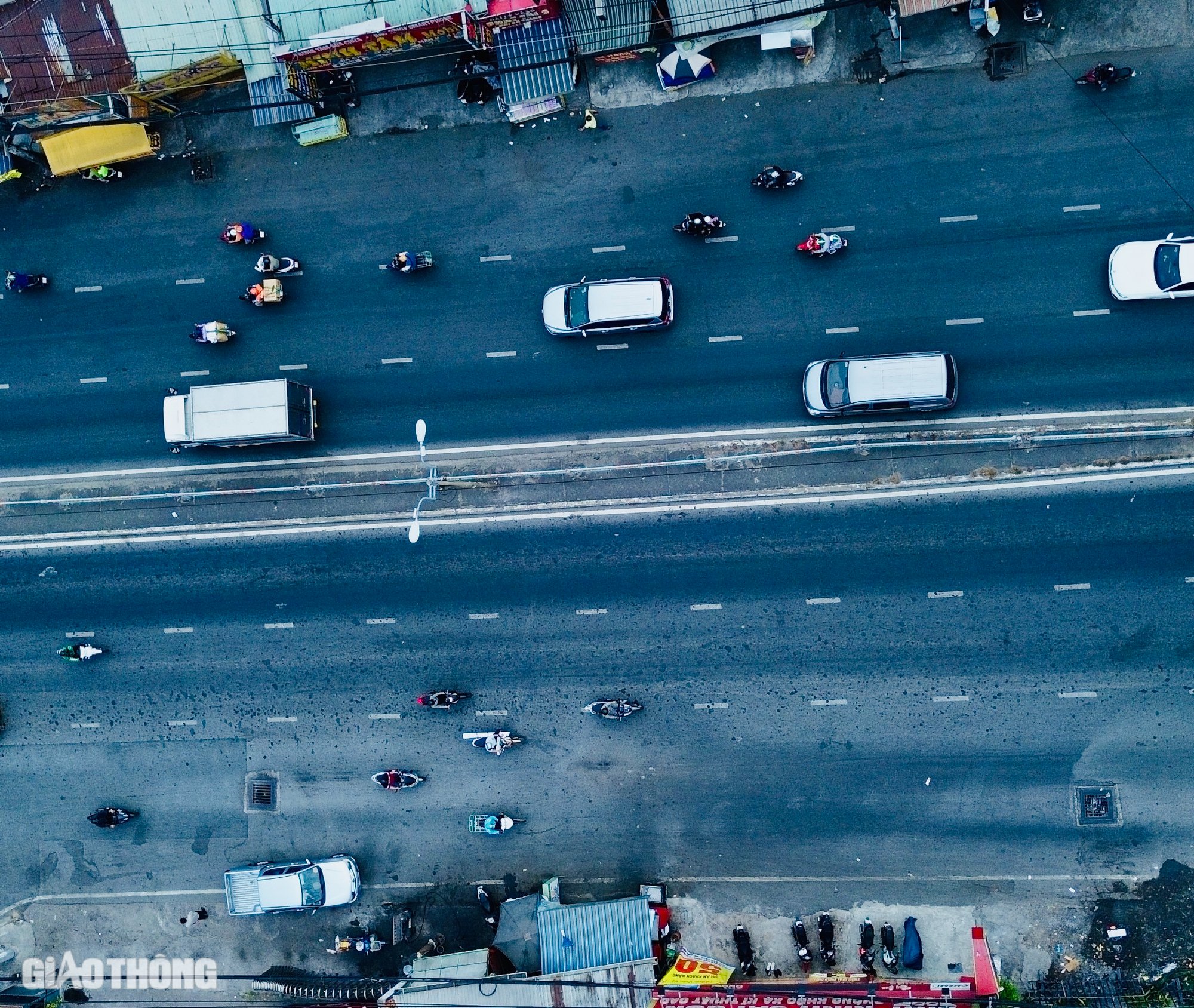
According to the pre-feasibility study report, the project to upgrade and expand National Highway 13 will be a fast, less interrupted traffic axis, connecting the existing downtown area with Binh Duong province; forming a radial traffic axis connecting Pham Van Dong Street with Ring Road 2, meeting the inter-regional traffic needs of the eastern gateway area of the city with the provinces of the Southeast and Central Highlands.
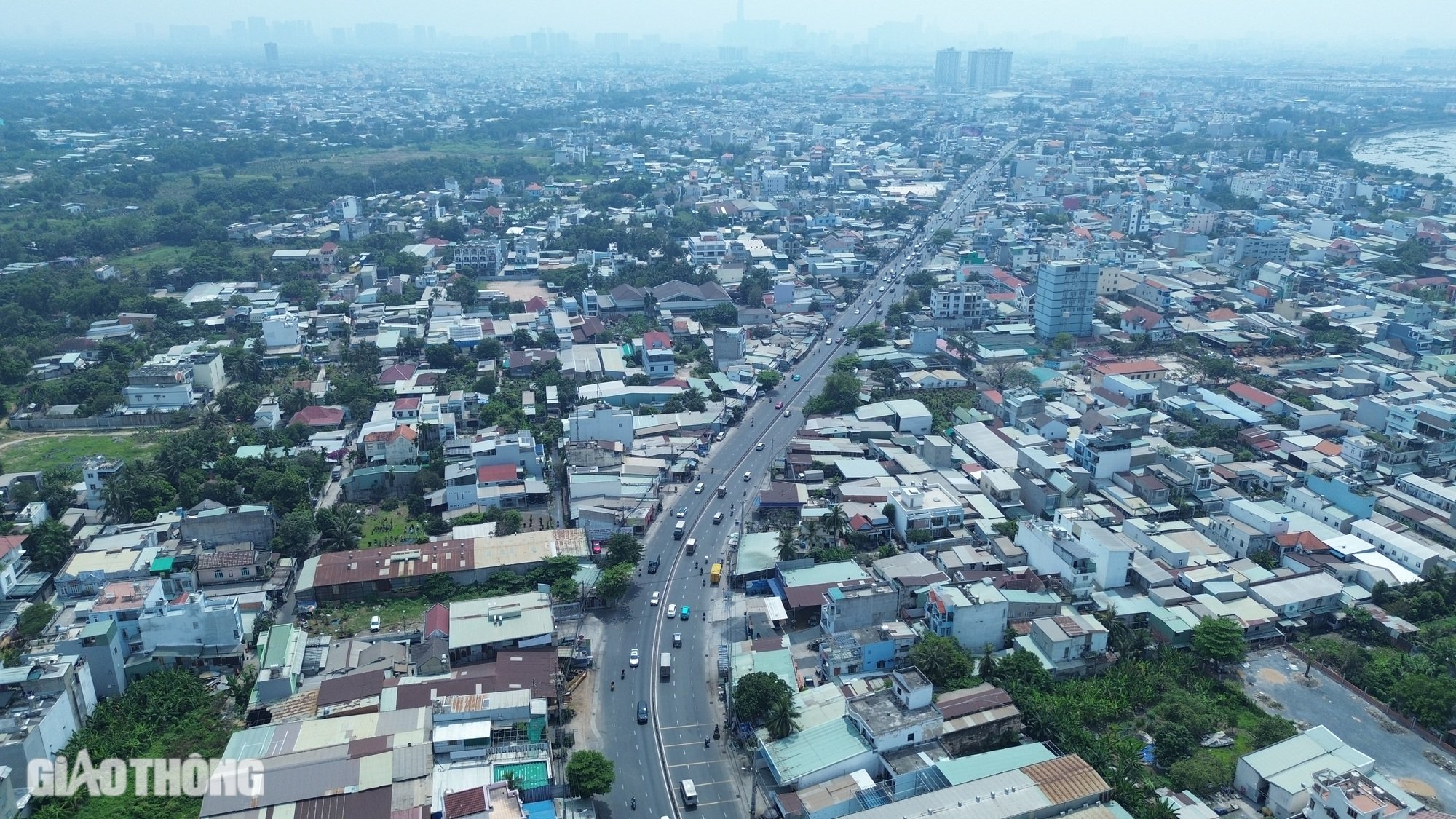
In terms of scale, 6.3km of National Highway 13 will be upgraded and expanded to 10 lanes, 60m wide (with a speed of 80km/h on the main route), with trees planted, technical infrastructure along the route... The project will build an elevated road (viaduct) 3.2km long with a scale of 4 lanes and parallel roads on both sides (60km/h) to help separate traffic flows, limiting conflicts with cross-roads.
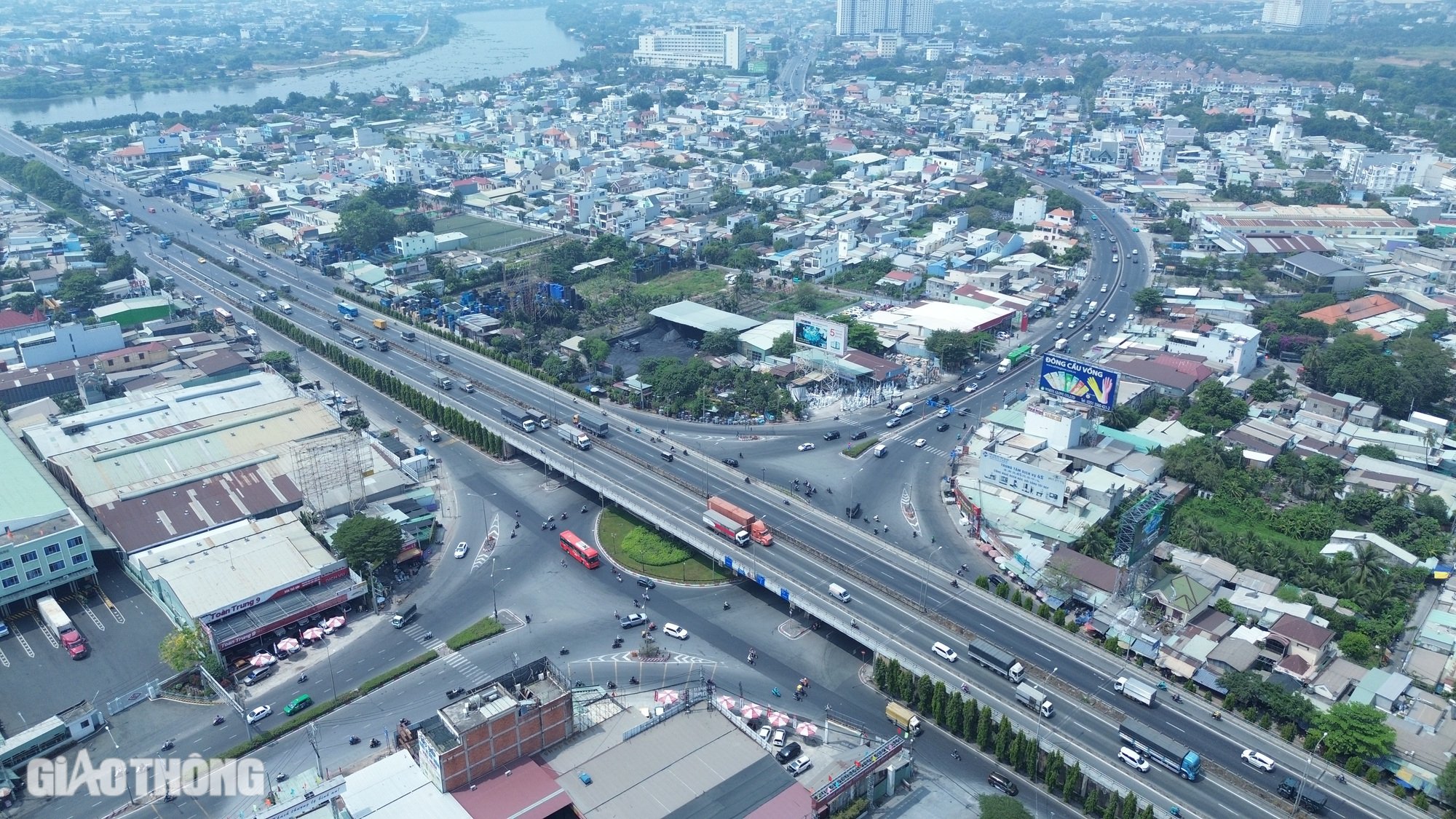
The project will have 10 intersections, including 2 grade-separated intersections (Binh Loi intersection, Binh Trieu intersection) and 8 level-separated intersections (QL13 - Kha Van Can intersection; QL13 - existing railway intersection; QL13 - Road 5 intersection; QL13 - Road 3 intersection; QL13 - Van Phuc residential area intersection; QL13 - Road 4 intersection; QL13 - Dinh Thi Thi intersection; QL13 - old QL13 intersection). On the parallel road, the project will build 2 bridges with a scale of 3 lanes each way; at the end of the route, Vinh Binh bridge will be expanded to ensure a scale of 10 lanes.
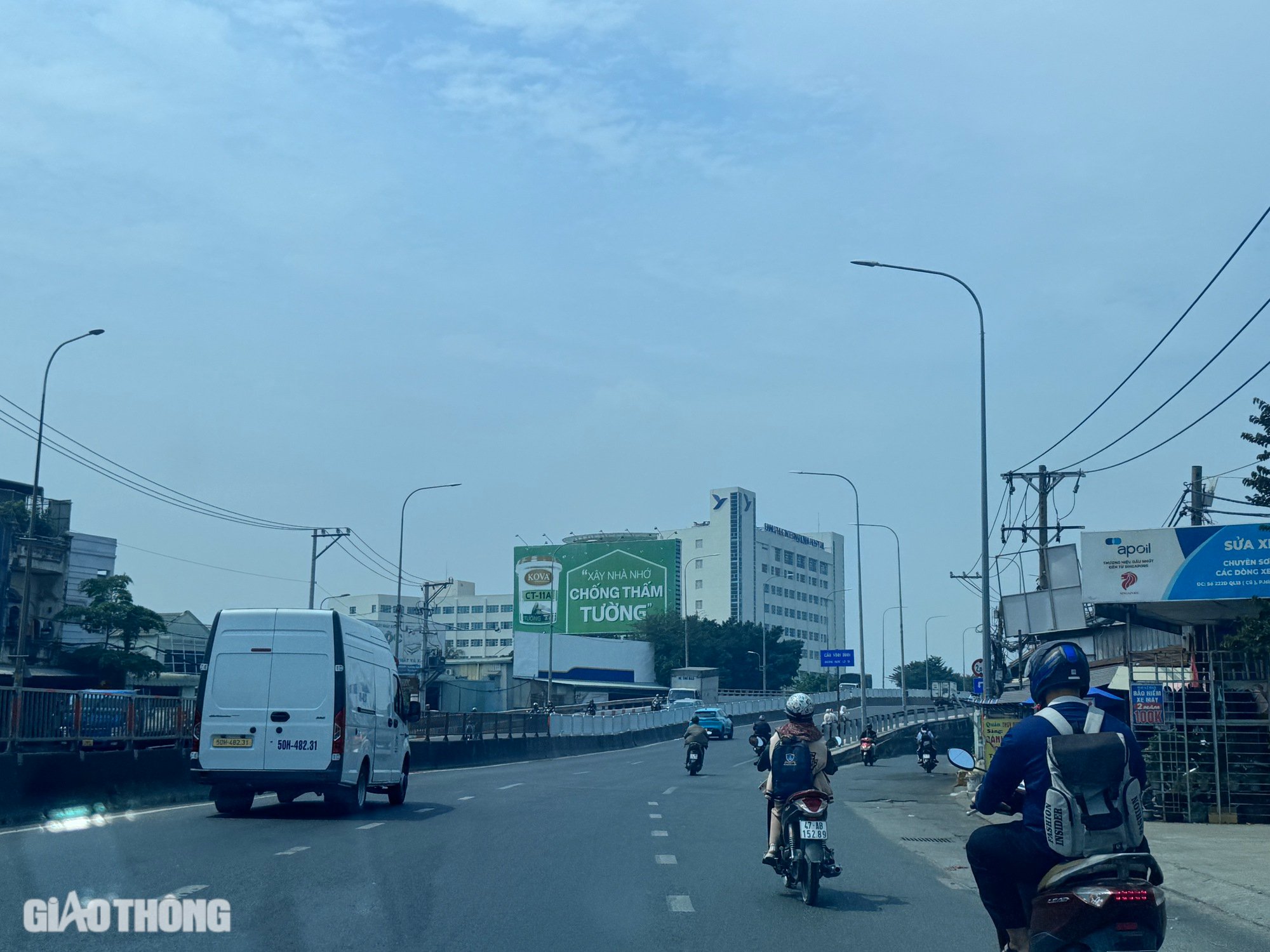
According to the pre-feasibility study report, although Highway 13 is built under the BOT (build-operate-transfer) model, tolls will only be collected on the main road. People can choose to travel for free on the parallel road or pay a fee when traveling on the elevated road. This helps create more choices, avoiding affecting the lives and activities of people in the area.
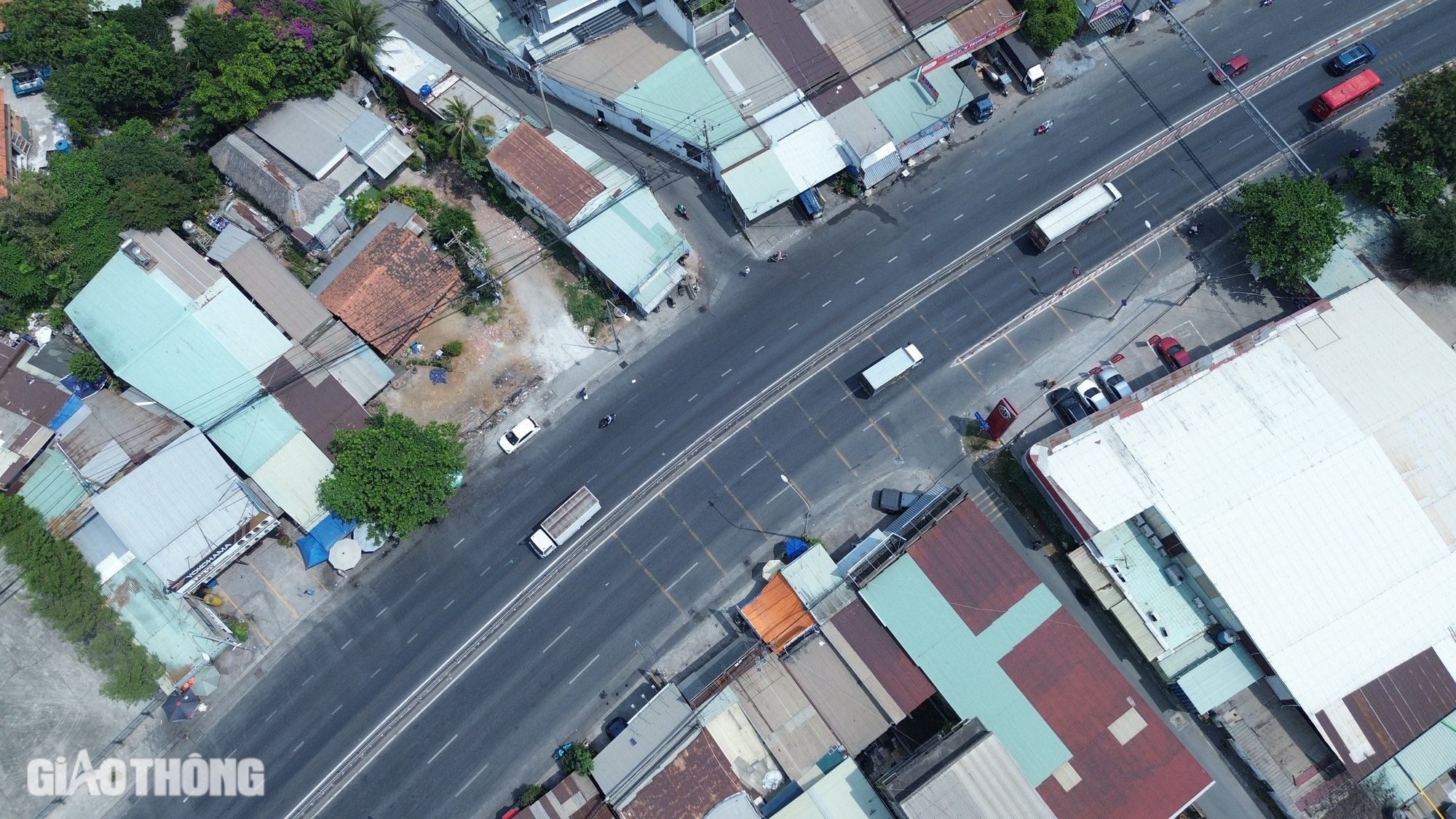
The project is expected to be implemented from 2025 to 2028. In particular, it is expected that in the first quarter of 2025, the investment policy will be submitted to the competent authority for approval; in the first-third quarter of 2025, the feasibility study report will be prepared, appraised and approved; in the fourth quarter of 2025, procedures for selecting investors and signing project contracts will be carried out; in the third quarter of 2025 - third quarter of 2026, site clearance will be carried out; from the third quarter of 2026 - 2028, construction will be implemented, completed and put into operation.
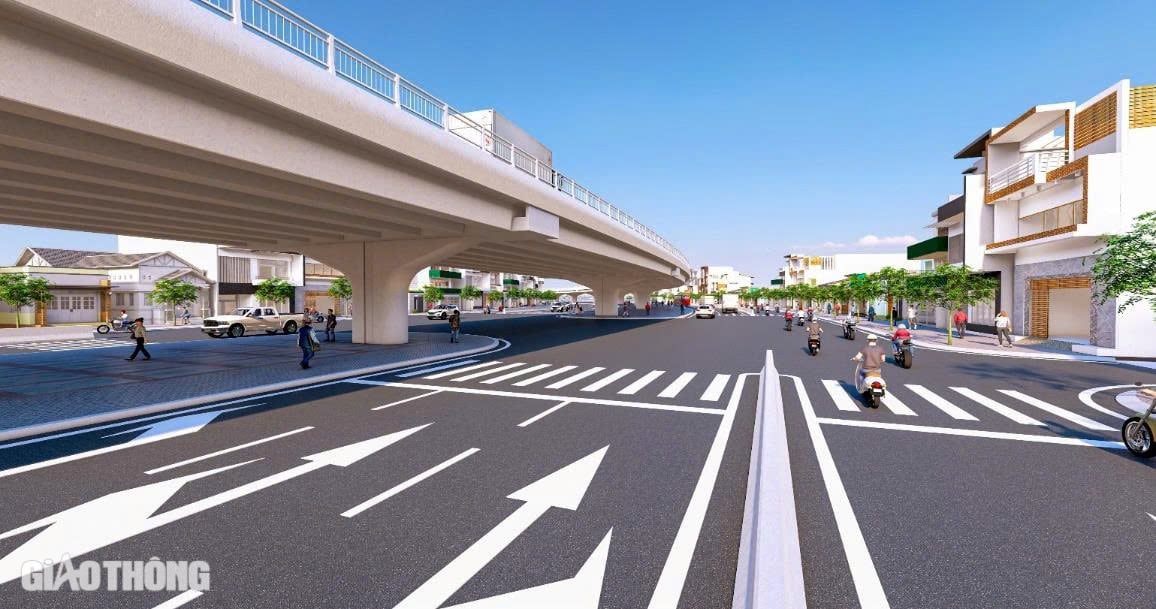
If implemented and put into use as planned, the project will help increase passenger and cargo traffic capacity; save time and transportation costs, expand the market... In particular, it will reduce traffic congestion and accidents, create jobs, increase income for people... In the photo, perspective of National Highway 13 combining the overpass and parallel road.
Source: https://www.baogiaothong.vn/tphcm-quoc-lo-13-se-duoc-dau-tu-hon-21000-ty-dong-mo-rong-thanh-10-lan-xe-19225021114401384.htm









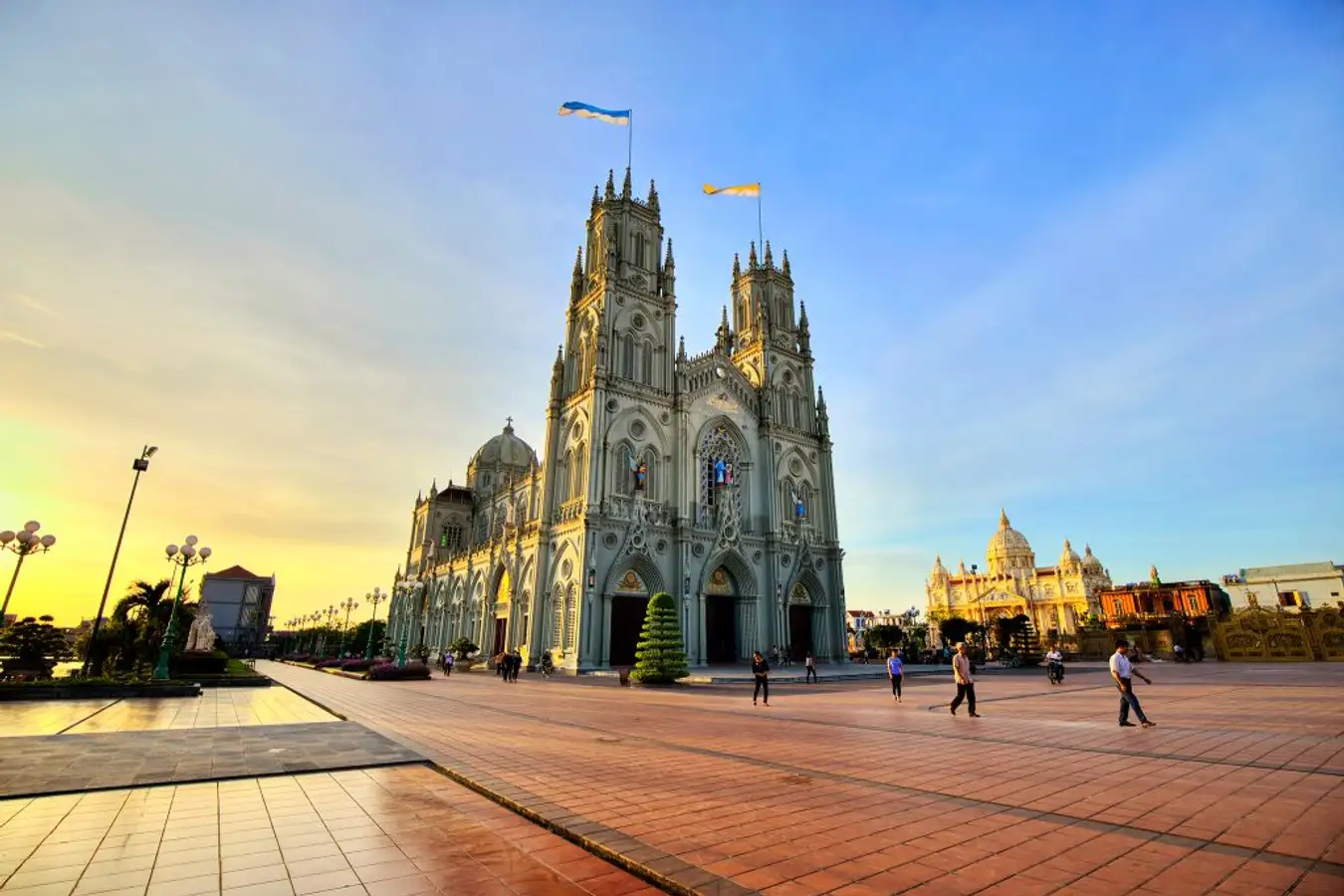





















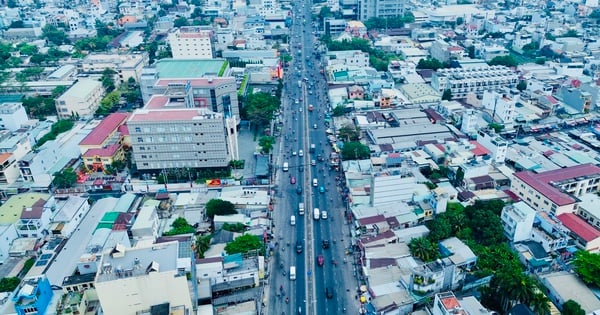




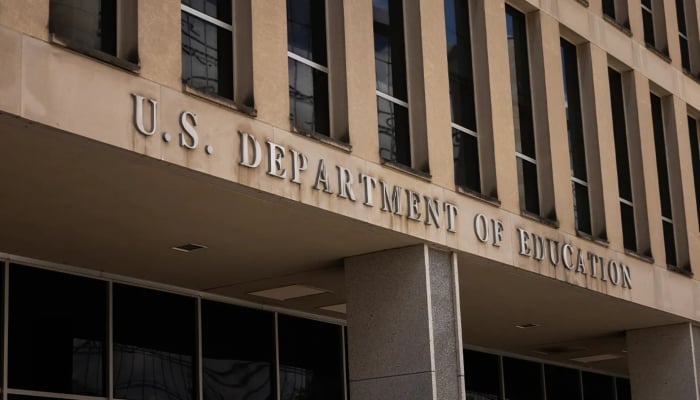

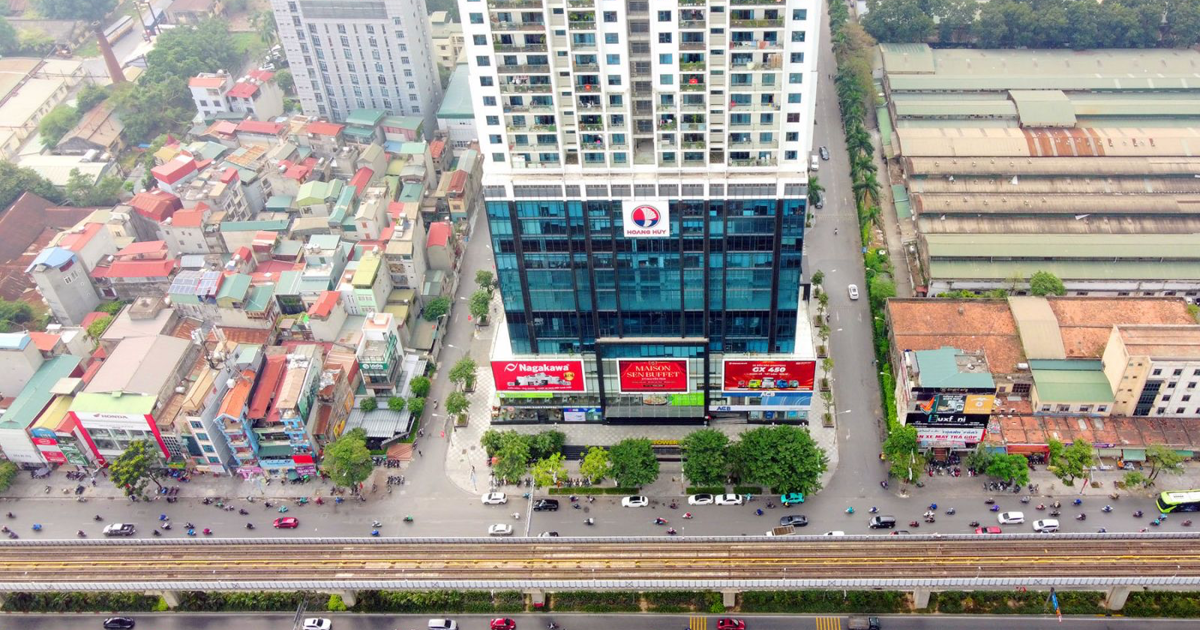

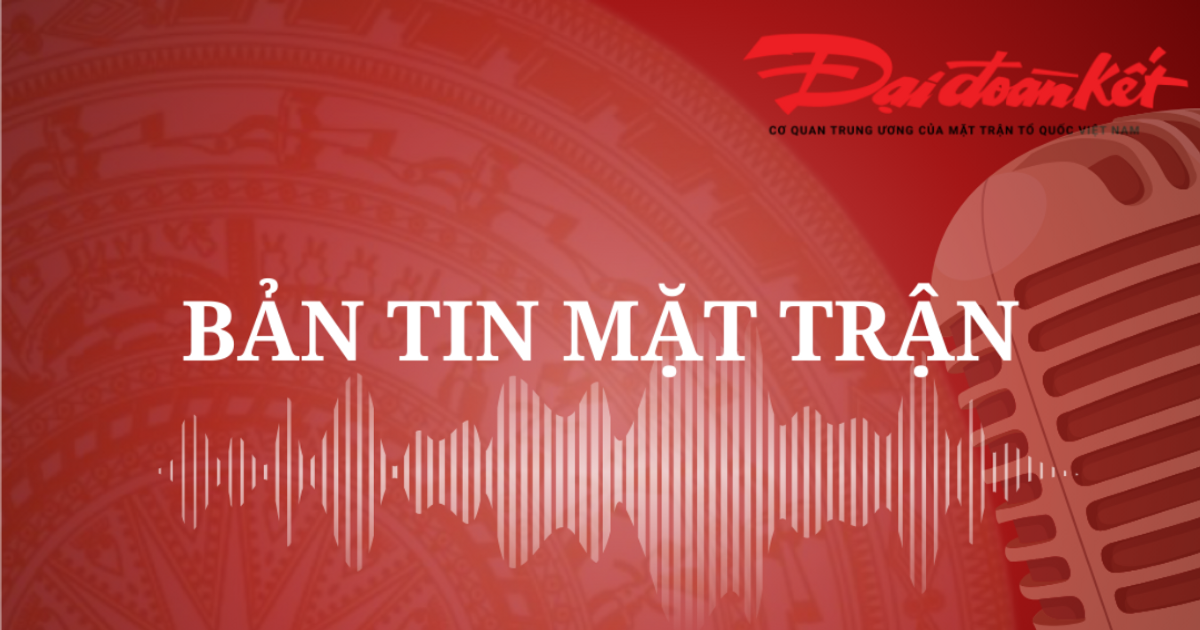

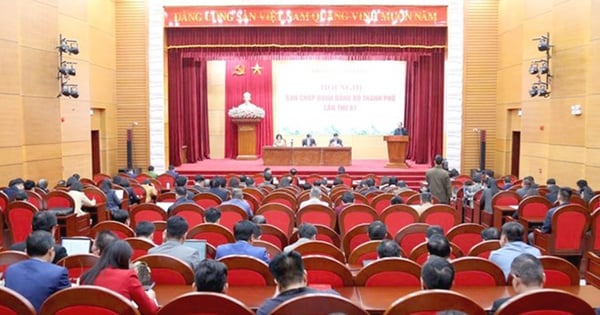
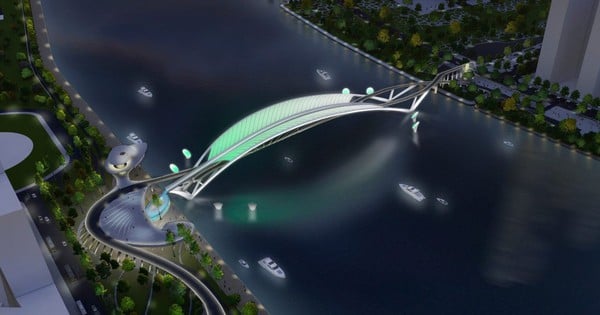
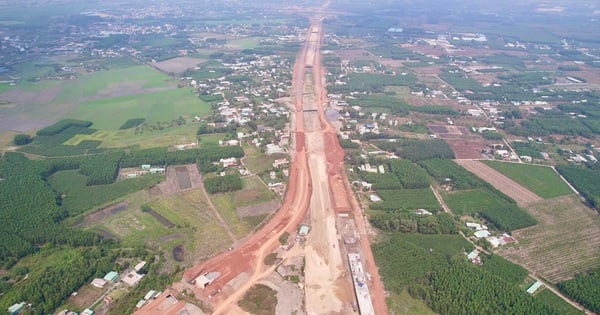
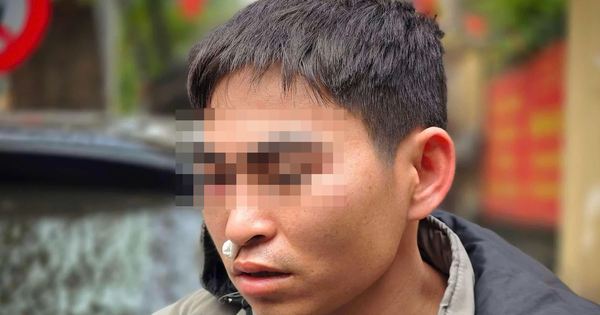
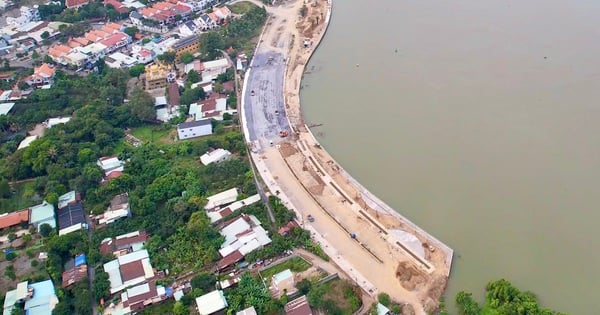













Comment (0)